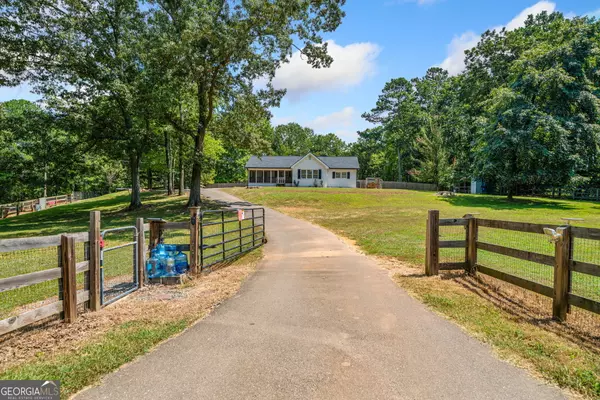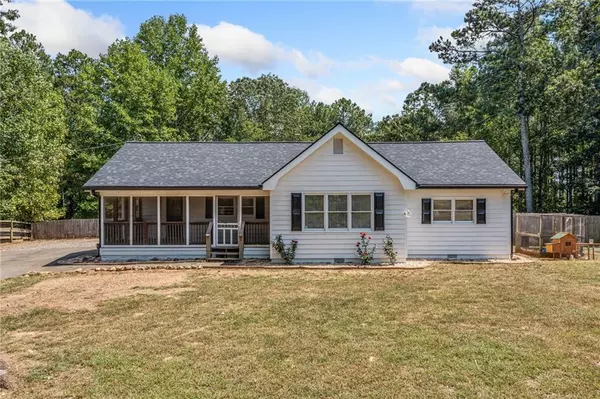POPULAR SEARCHES
- Active Adult Communities
- BridgeMill (Canton)
- Prominence Point (Canton)
- Harmony on the Lakes (Holly Springs)
- Great Sky (Canton)
- Prescott Manor (Canton)
- Carmichael Farms (Canton)
- Towne Lake (Woodstock)
- Governor's Preserve (Canton)
- Hickory Bluffs (Canton)
- Creekview High School District
- Cherokee High School District
FEATURED LISTINGS
- 1/34 342 Beds 2.5 Baths 1,078 SqFt$309,750Active Under Contract
- 1/55 556 Beds 5 Baths 5,300 SqFt$710,000Price Change
- 1/30 303 Beds 2 Baths 4,748 Sqft Lot$290,000New
- 1/62 624 Beds 3 Baths 1,728 SqFt$445,000New
- 1/50 503 Beds 2 Baths 0.49 Acres Lot$380,000New
- 1/49 493 Beds 2 Baths 2,067 SqFt$470,000New















